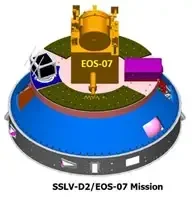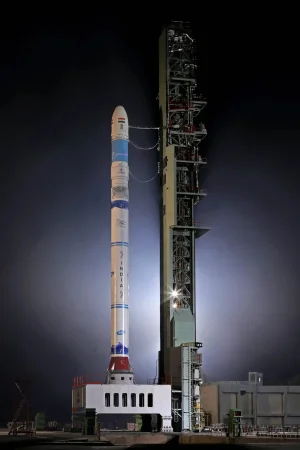- Joined
- Jun 27, 2024
- Messages
- 2,981
- Likes
- 10,611
There was issue with the 4th Stage which should have burn for 20 second but it lasted only 0.1 sec.
Official ISRO statement:
SSLV Update - All the stages performed normal. Both the satellites were injected. But, the orbit achieved was less than expected, which makes it unstable.
Official ISRO statement:
SSLV Update - All the stages performed normal. Both the satellites were injected. But, the orbit achieved was less than expected, which makes it unstable.




